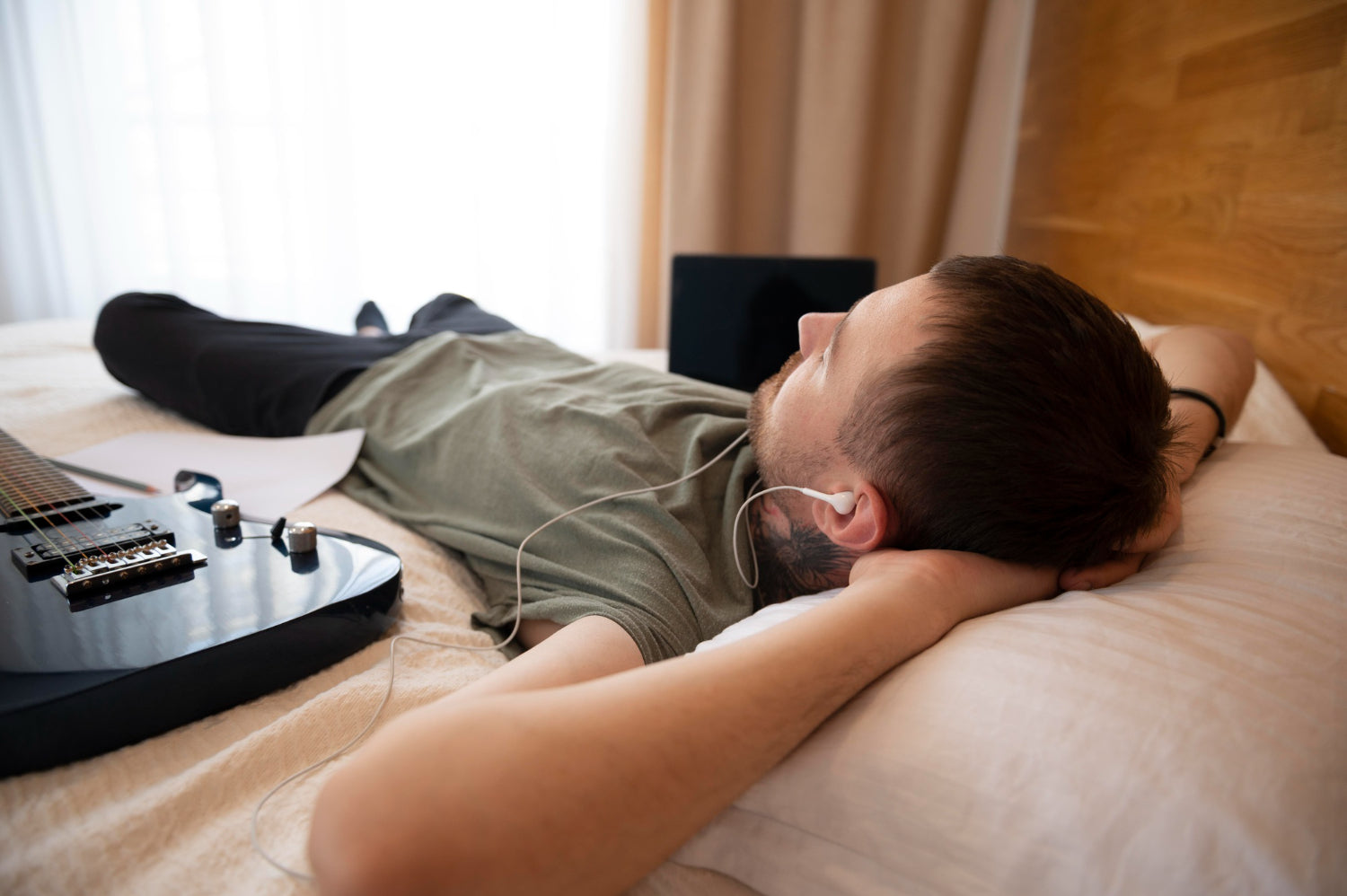Customer Care (10am-6pm Mon-Fri)
-+9172080 88720
Customer Care
(10am-6pm Mon-Fri)
+91-72080 88720

Turning and tossing all night, waking up tired every day! Now is the time to put a full stop to it. Having a problem with back pain is interlinked with the way one sits or sleeps. This poor posture plays a significant role in impacting the mental and physical well-being of a person. And starting a day with back pain is a problem to look after.
Well, if you are the one struggling while sleeping, it's time to revise your sleep position. Within this article, we will guide you on how to switch back to a sleeping position, which can alleviate back pain and enhance the quality of sleep.
Laying in an unlikely position can strain parts of the body like the spine, neck, or shoulders. The way one sleeps directly affects the curvature of the body. Having a sleeping position where pressure is weighing heavily on a part of the body can leave that part stiff or sore.
The best sleeping position is considered when weight is evenly distributed to each part of the body.
Following are some of the best sleeping positions mentioned, which can exactly help in body relaxation and prioritise spinal health:
To get optimal alignment with the spine, place a pillow under the knee while sleeping. Lying in a reclined position can help maintain an angle between the thighs and back. Support the neck with the pillow to make it aligned with the chest and back.
Keep a pillow between your legs while sleeping on the side. This can help keep the pelvis, back, chest, and neck aligned. For further support, keep a pillow under the neck to avoid causing strain on the neck and shoulders.
Sleeping on the stomach is not considered the most ideal sleeping position. However, it can be improved by putting a pillow under the lower part of the stomach. This can help in the relaxation of the stomach and the back while also not putting pressure on the front of the body.

* Tips to make a switch:
Further, below are the steps that can be followed to help maintain good posture:

* Conclusion:
The takeaway from this guide is to know the link between back pain and sleep. It's important to reassess the way of sleeping and align the best position. By gradually making those changes and taking steps little by little, incorporating the following steps can help you have a good sleep without back pain. We advise you to consult with professionals if the problem persists. Remember not to ignore the worsening situation that might arise even after fixing the sleeping position.
Leave a comment